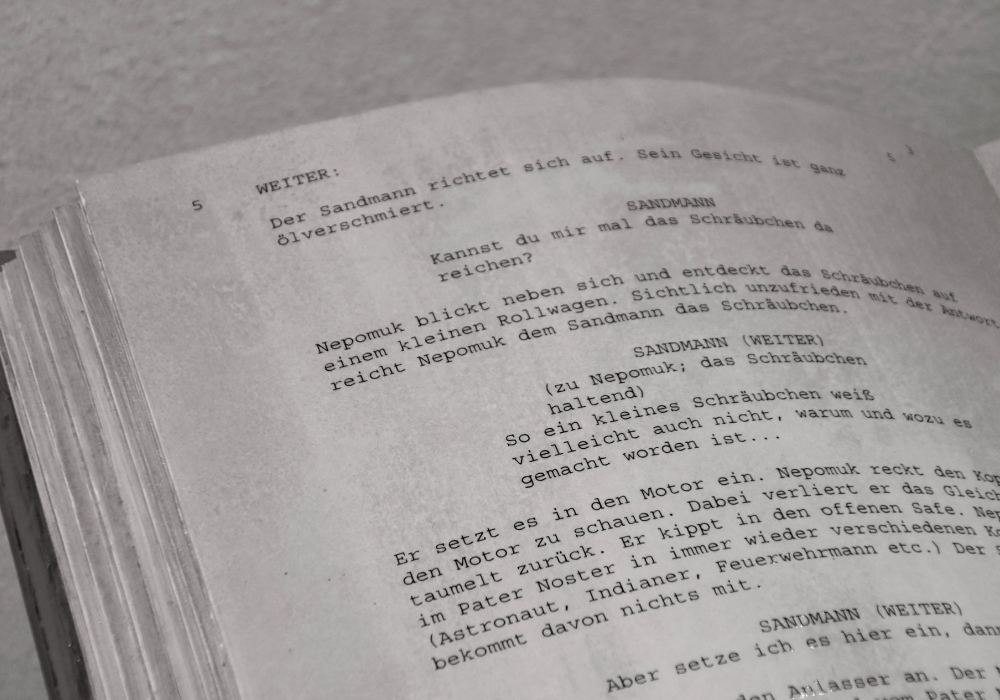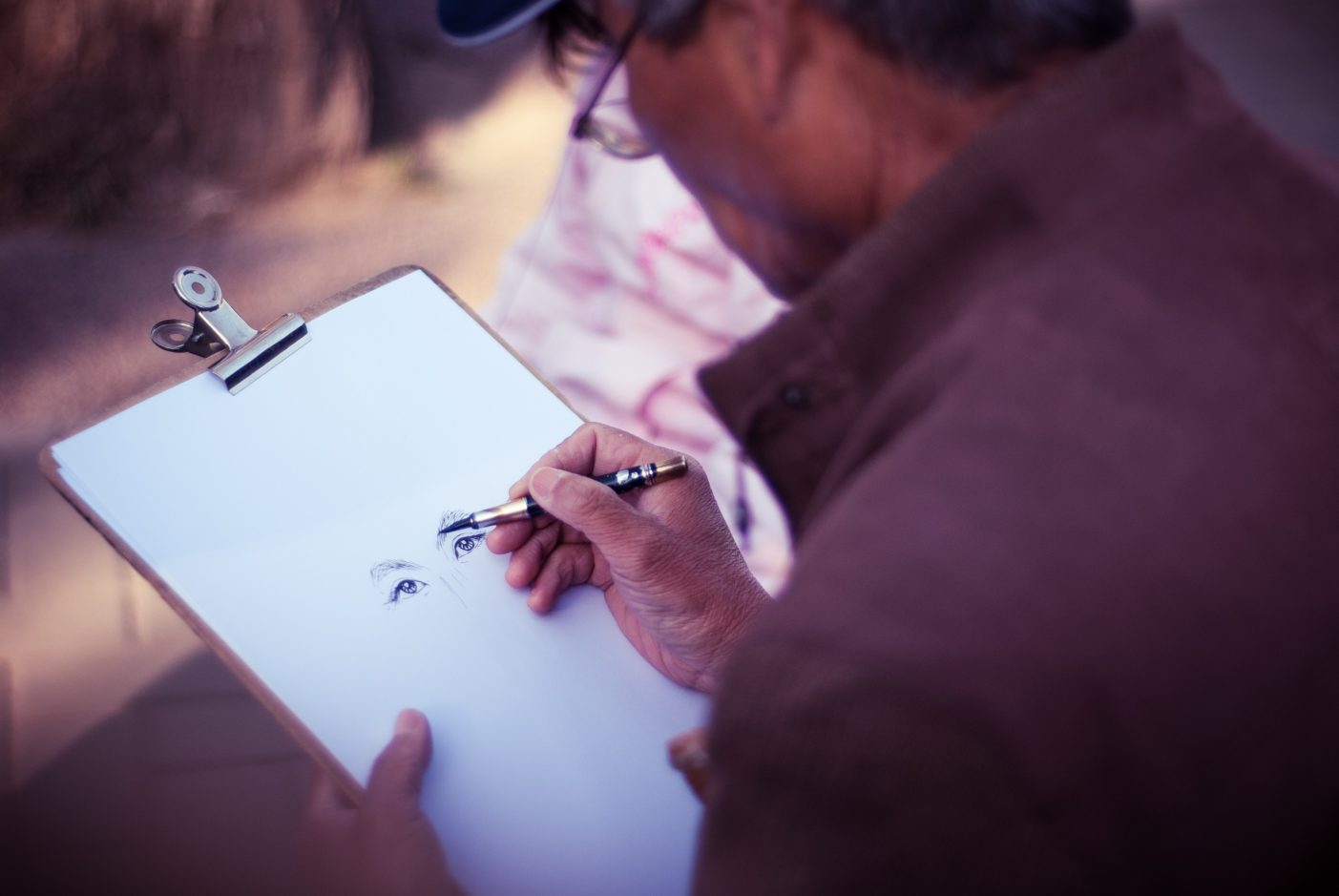How to Make a Storyboard for a Commercial
A storyboard is an essential template that outlines the key players in each scene of your film as well as the details as to camera angles and shot requirements. We like to offer information on how to make a storyboard for a commercial to our clients up-front so that they can better understand the value in storyboarding and outlining the key details of the production in advance. It’s certainly easier to change camera angles and movements in writing while we brainstorm a storyboard as compared to making these kinds of changes on the film set last minute.
The steps to creating a storyboard for a commercial are much like those to create a storyboard for a full feature film, there’s just far fewer scenes and shots to dictate. Need help creating a storyboard for your commercial? Give Beverly Boy Productions a call today!
[blog-contact email=”email” label=”Get a Storyboard for a commercial Now!”]
Step 1: Outline the Template
Creating your commercial storyboard requires that you start with a storyboard template. This is easy! Remember when you were a kid in school and the teacher would have you fold your paper into several squares so that you would have 6 equal parts on the page and could then create a comic strip or similar story? This is essentially how you will create a template for your commercial storyboard — you want several rectangles on a page similar to a comic strip.

Step 2: Add the Script
The next step is to begin adding the script to your comic strip style storyboard template. Each rectangle should have a line of the script written underneath it. This line of the script will reference a particular scene for your commercial. The purpose is to begin breaking down the script scene by scene so that you will ultimately have a rectangle for each major scene and section of your scripted commercial.
Each rectangle should represent a shot list from your script. So if you have 10 shots, you should have 10 rectangles outlined.

Step 3: Sketch Your Story
Now it’s time to sketch out your story. This is where you will sketch out the complex sequences and situations that are to take place in each scene. You’ll list the shots that you will use and the key players in each scene. Include basic shapes to outline the use of furniture, elements, and people on the set.
You don’t have to be an artist. You just need to make the elements appear as easy to understand what is happening as possible. Some consider hiring a storyboard artist for this part, others use stick figures and basic sketches — either will due.

Step 4: Include Details
Next you’ll include essential details that will make your commercial exciting. Will there be movements on set? Will the camera angles change? How will each shot be framed? All of this is included in your rectangle, comic strip style storyboard. The goal is to include all relevant details of each shot and the important elements for the crew to recreate the scene without being overly distracting with the details. Tiny details don’t matter here as much as the bigger picture.

Step 5: Finish Up
The last step is to use arrows to show the movement of characters and camera angles as well as to add words to your storyboard. Now that you know how to make a storyboard for a commercial, the next big step is to finalize the process by sharing your simple drawings with your team and getting key feedback. You may find from the camera crew that a particular angle isn’t ideal for this reason or that — it’s okay! This is why you create the storyboard first, and film later!

[blog-contact email=”email” label=”Get a Storyboard for a commercial Now!”]
